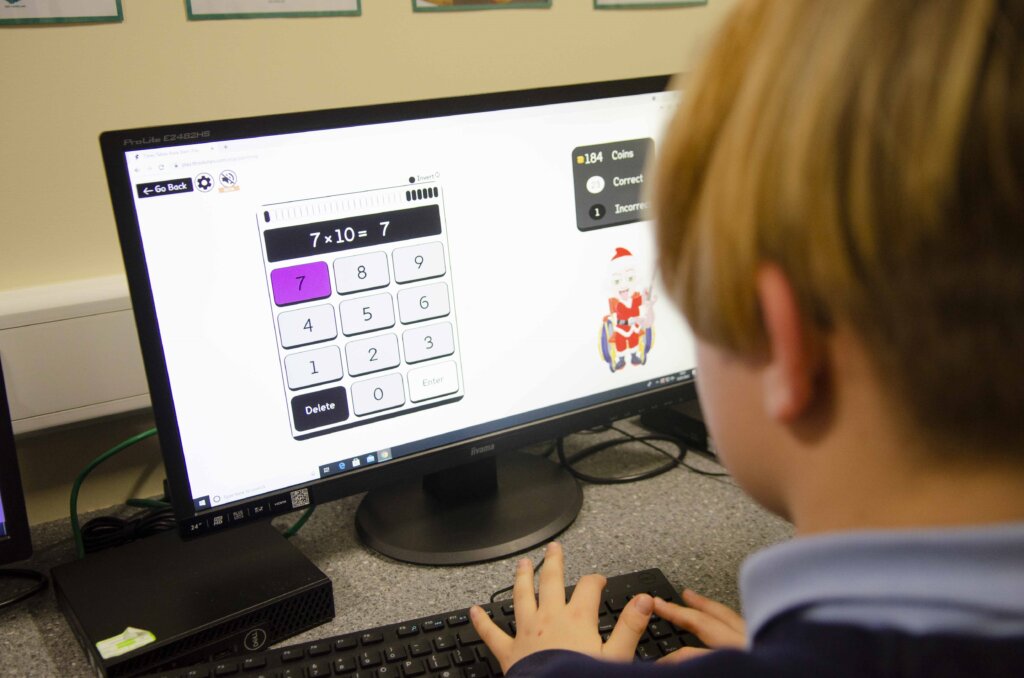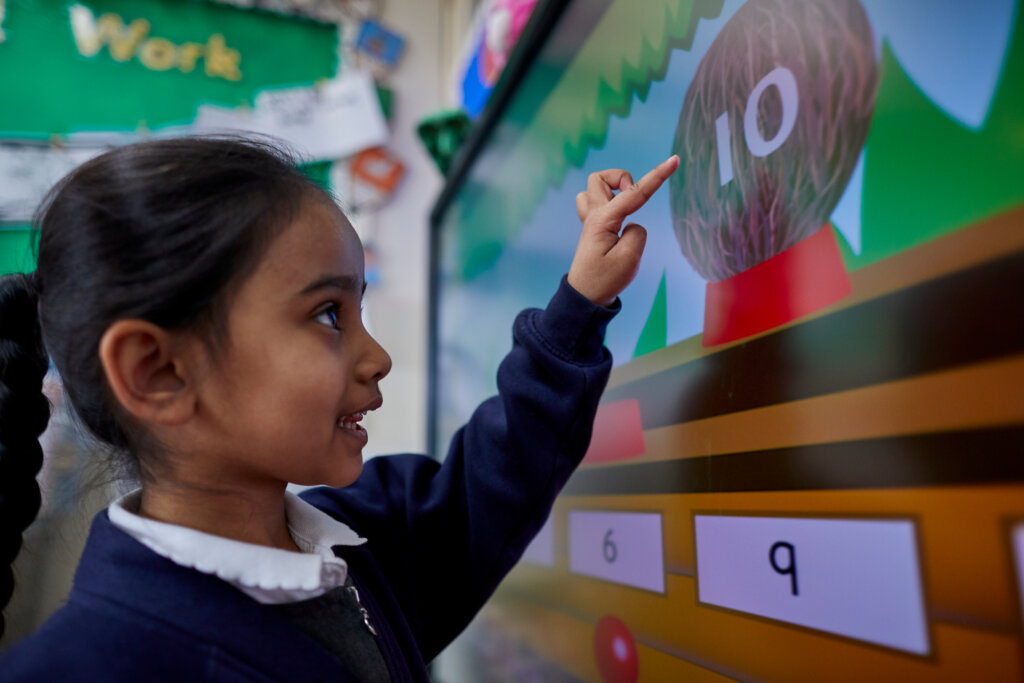At Least Three More Years of KS1 SATs
Plans to scrap Key Stage 1 SATs were first announced back in 2017, following complaints that they placed unnecessary pressures upon both children and staff. Ministers proposed that tests be replaced with “baseline” checks instead, so that schools could still identify pupils who are struggling to meet expected standards and provide them with targeted support.
Originally, the government hoped to scrap KS1 SATs by 2023, but now the dates have been extended to 2024 at least. Ministers hope this will allow more time for the baseline check to be fully established after its introduction was pushed back during the pandemic. Many teachers and school leaders are dismayed by the decision, arguing that these tests will do little to support children who have never experienced a full academic year without the disruption of school closures. Yet, the government refuses to give a definite date by which KS1 SATs will finally end.
Assessment in the Digital Age
Whilst exams in schools and colleges were cancelled over the course of the pandemic, Higher Education seemed to set the standard as it pivoted to digital modes of assessment. For some, the relative success of this experiment calls traditional exams into question when compared against the many advantages that technology has to offer.
For example, the exam board Pearson argues that, as education evolves with the use of digital tools and Virtual Learning Environments (VLE), developments to assessments must “keep pace” with innovations in teaching and learning. In a report that advocates several changes to performance measures, Pearson encourages schools to expand their digital resources and training to prepare for ‘a rapid roll-out of assessment innovations,’ emphasising the transformative potential of technology which could be used to improve the accessibility, reliability, and security of future exams.
Similarly, Education secretary Nadhim Zahawi delivered a speech at the BETT Show earlier this week, outlining his vision for the future of the UK as a ‘science and technology superpower,’ relying on innovation within schools to nurture the talents of the next generation to make this happen. For this reason, he promised to secure high-speed internet for every school in England with the help of a £150 million support fund. However, he also has ambitions for the implementation of digital assessment in schools, especially after seeing progress in primary assessments with the multiplication tables check, as well as vocational and technical qualifications. Zahawi promised to explore opportunities in this area, reasoning that digital assessment ‘could bring significant benefits to students, teachers and schools.’
Although lots of excitement surrounds the future of digital assessments, certain challenges lie ahead as innovation may prompt leaders to rethink and redesign the exam format, considering the potential of automated feedback and even personalised assessments.
Understanding the Design & Technology Downfall
Despite efforts to step up STEM skills and encourage vocational education, the number of pupils studying Design and Technology (DT) at GCSE has halved in the last decade. Research by the Education Policy Institute (EPI) found that only twenty-two percent of pupils entered a DT course in 2020, compared to forty-four percent in 2009. Even fewer continue to study the subject at sixth form.
General secretary of the Association of School & College Leaders (ASCL), Geoff Barton, argues ‘it did not help that the government decided to prioritise a set of traditional academic subjects in its English Baccalaureate (EBacc) …at the expense of other subjects.’ However, the EPI notes that the EBacc was introduced in 2010, yet there has been a declining trend in DT entries since the turn of the millennium. In addition to accountability measures like the EBacc and Progress 8, the EPI argues that the decline of DT is driven by falling teacher numbers, curriculum and qualification reforms, as well as potential capital restraints in some schools. A report by the Sutton Trust also finds that the decline of DT is ‘more severe in schools in areas with socio-economic disadvantage.’
To reverse this trend, the EPI asks the government to develop specific and targeted policies to encourage pupil uptake. As the country advances towards new technological horizons, experts agree that Design and Technology is more relevant than ever in order to prepare and inspire the workforce of the future.
As new tools and opportunities arise, our thoughts often turn to the immediate actions we might take in our daily teaching and learning. However, this week we are reminded to also anticipate the evolution of performance measures and priority qualifications, which must equally adapt to shifts in technology and culture.















